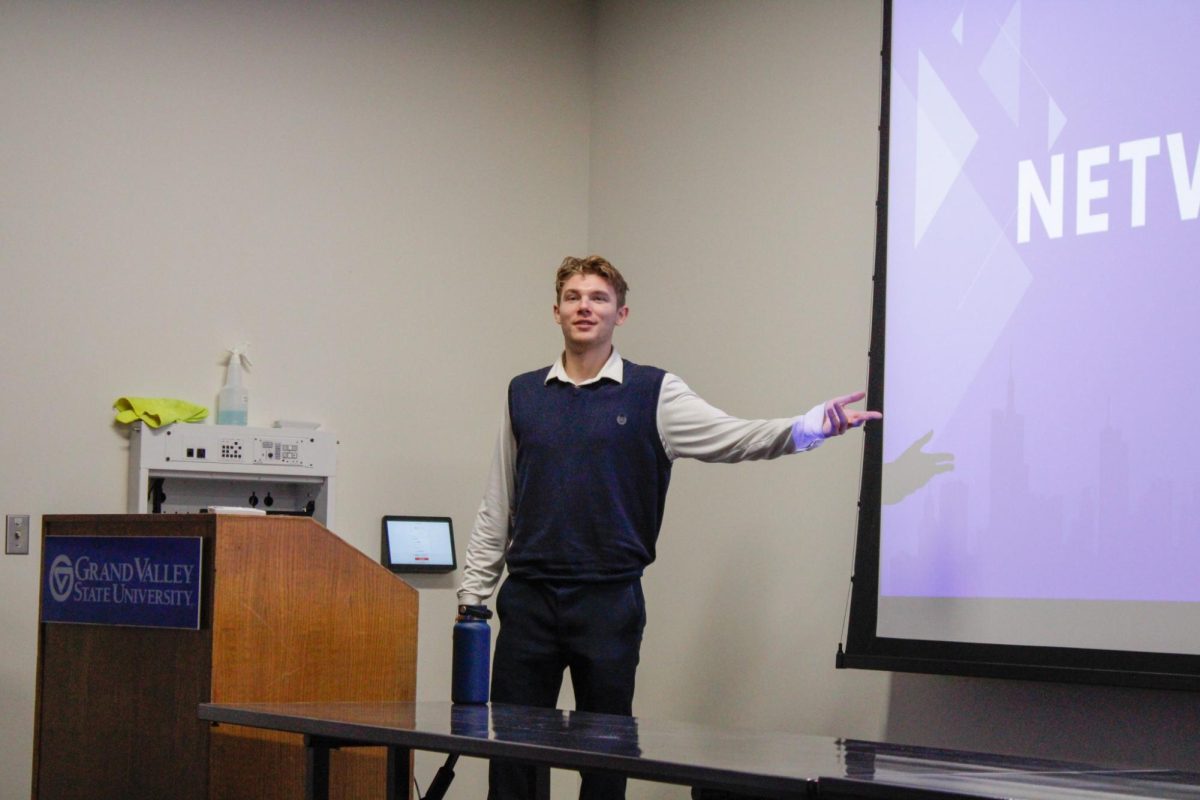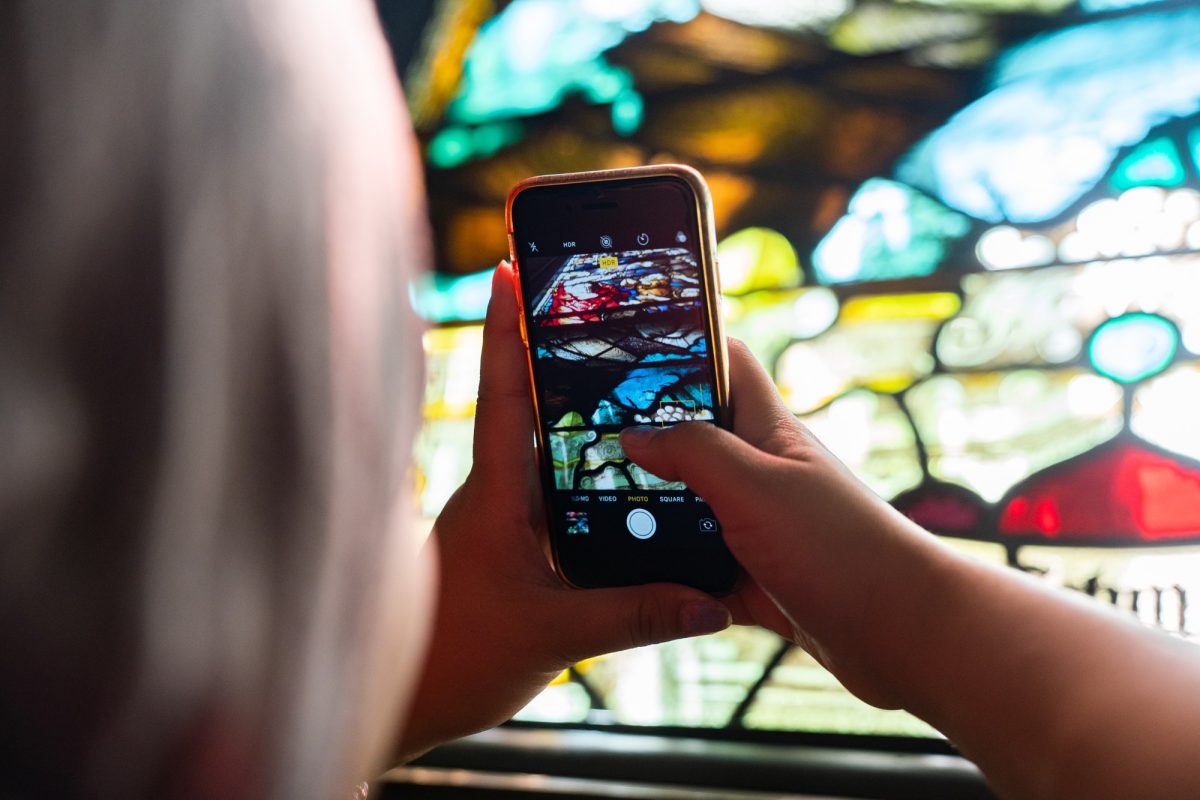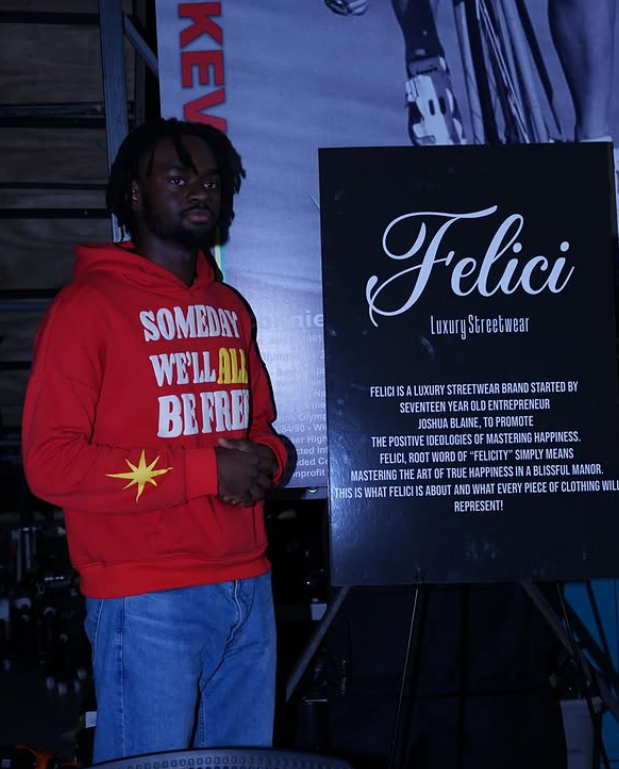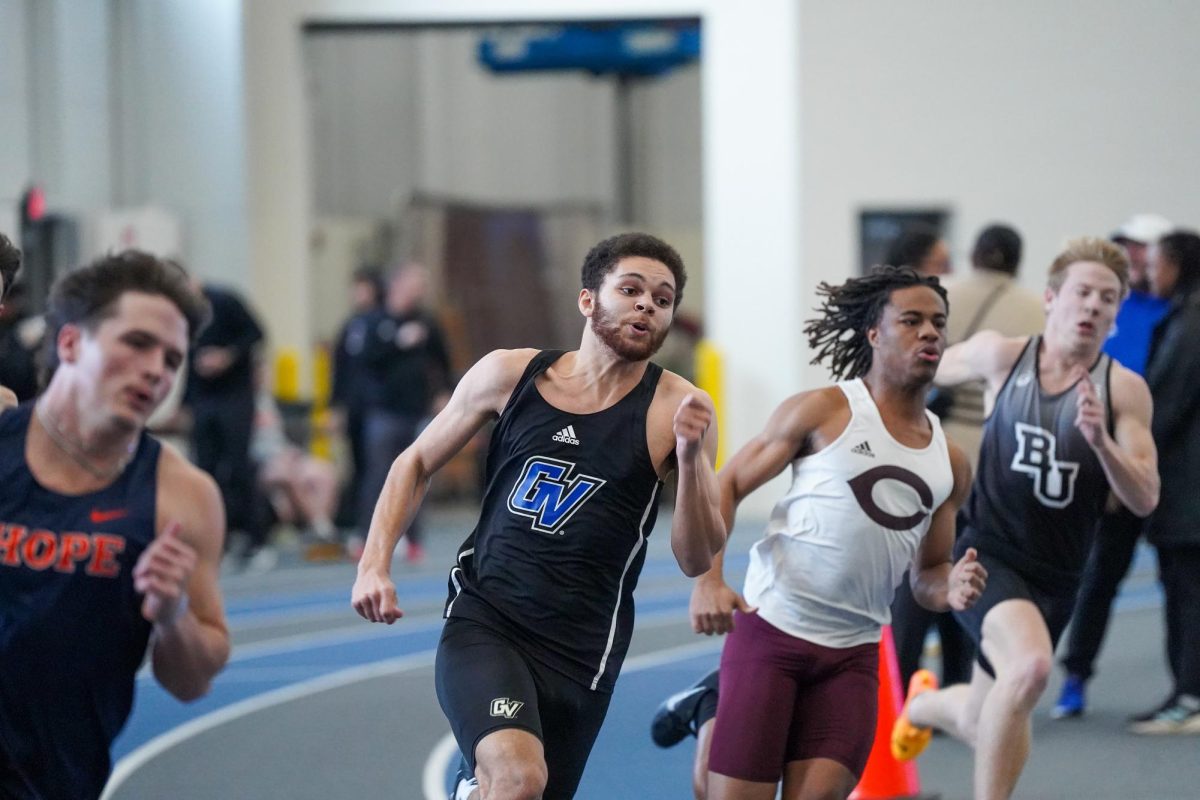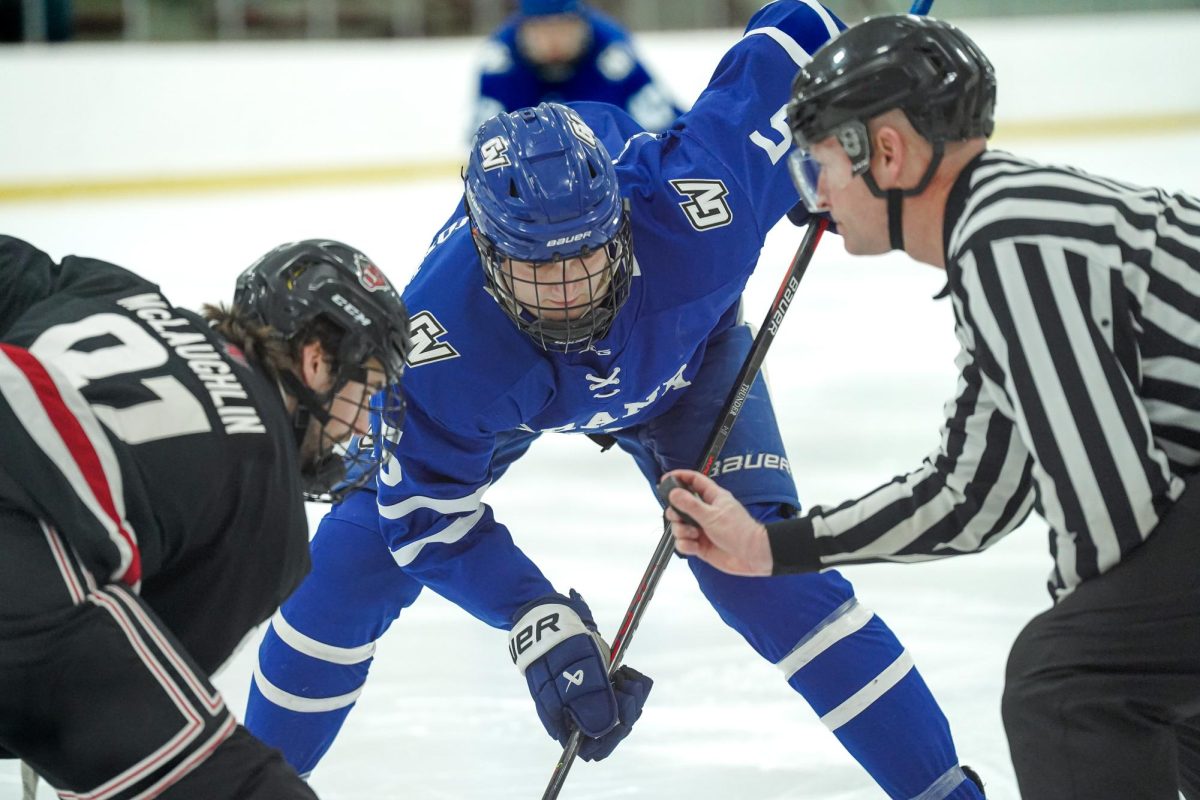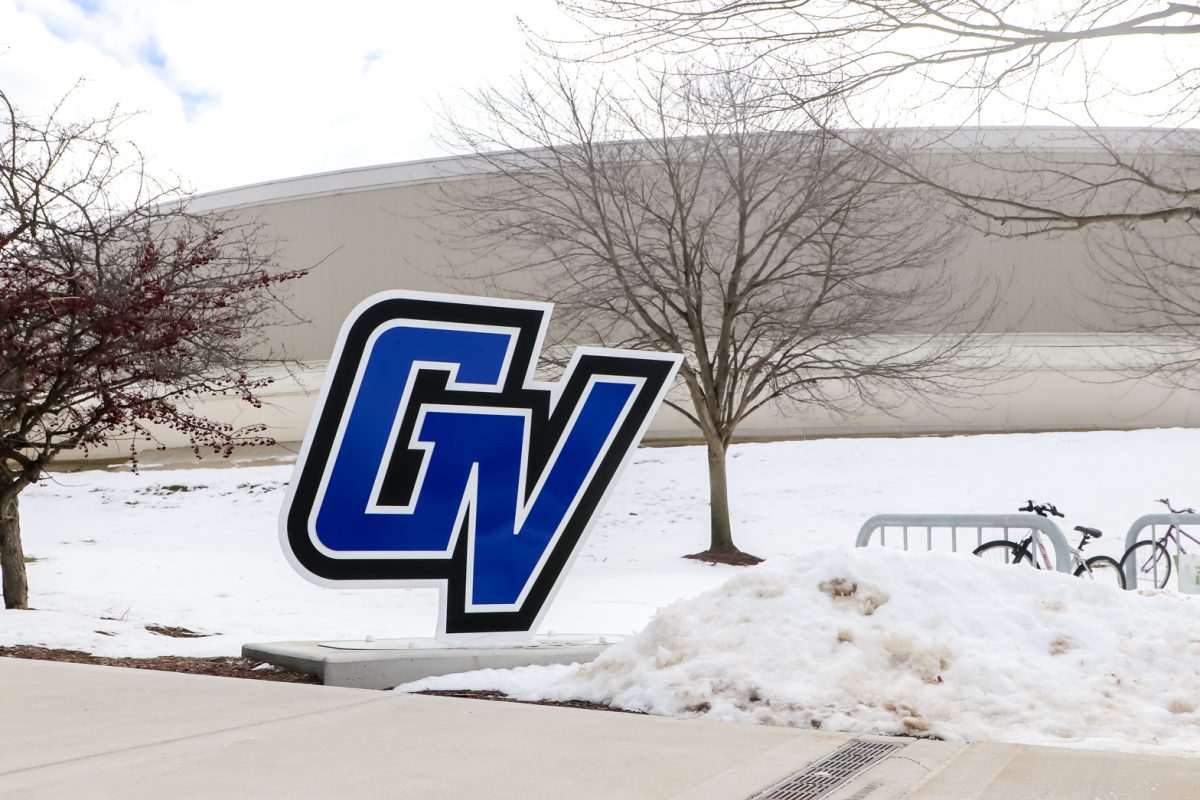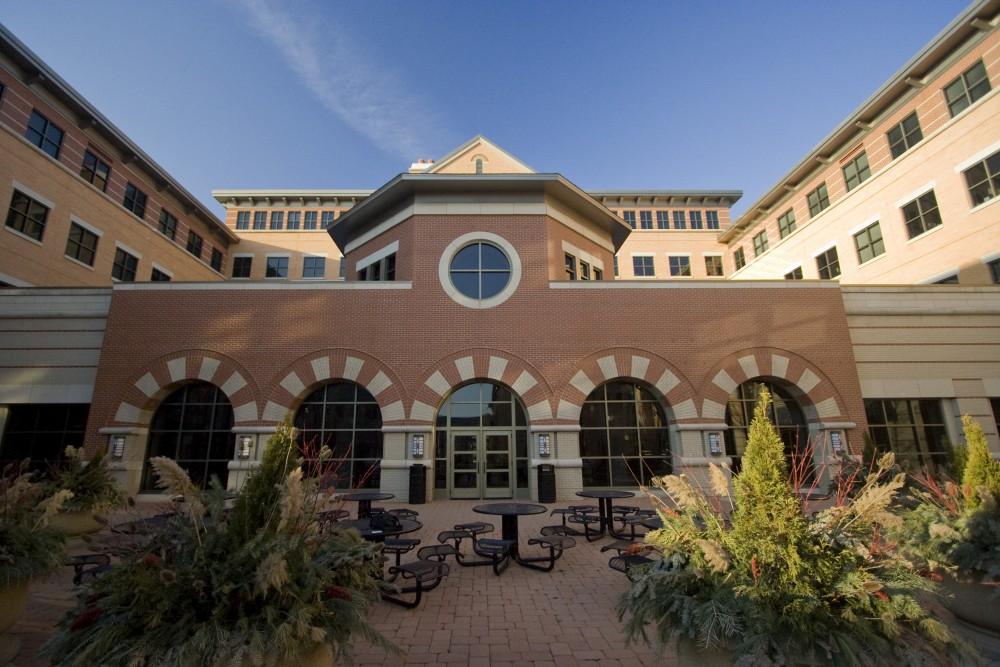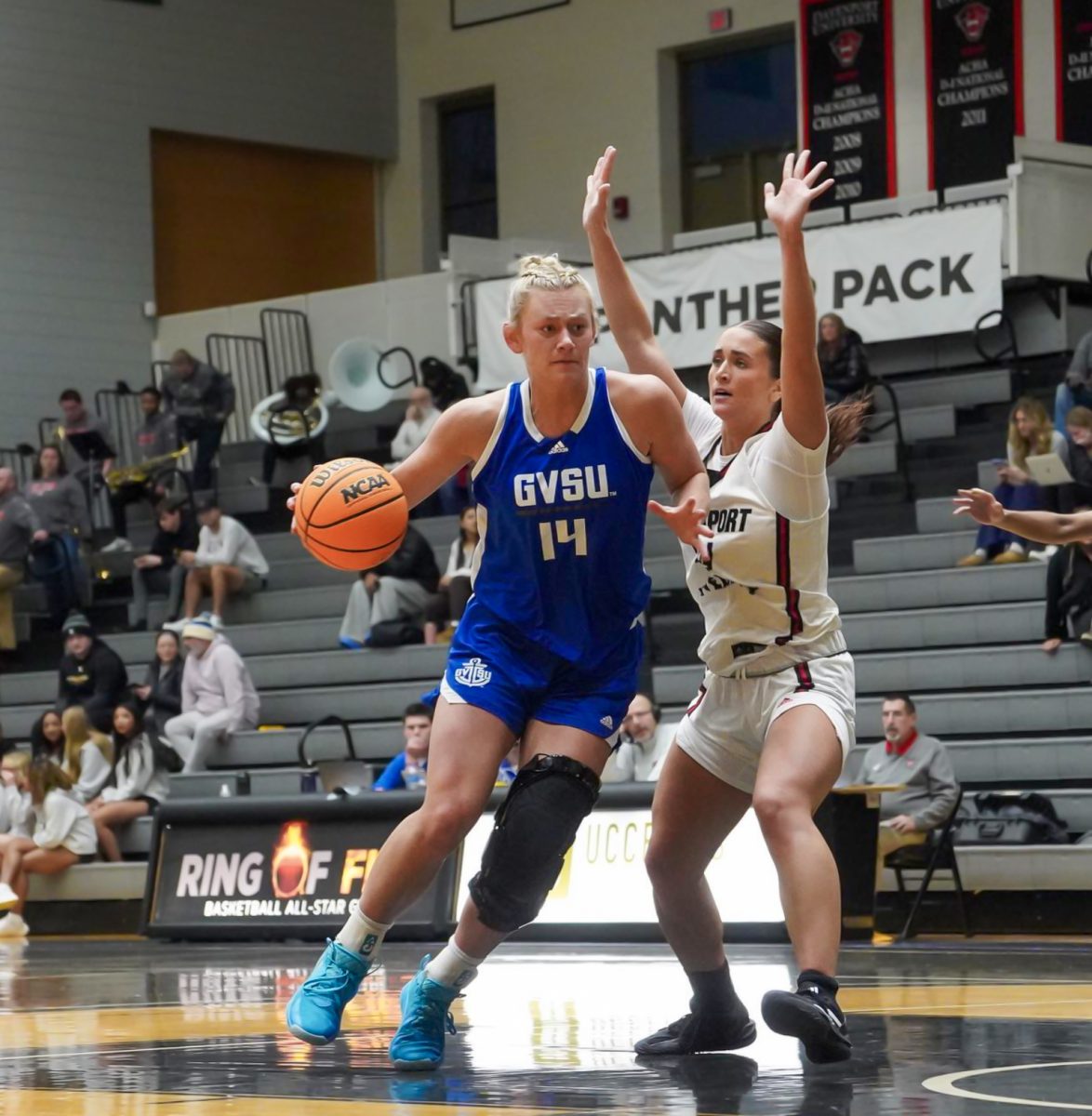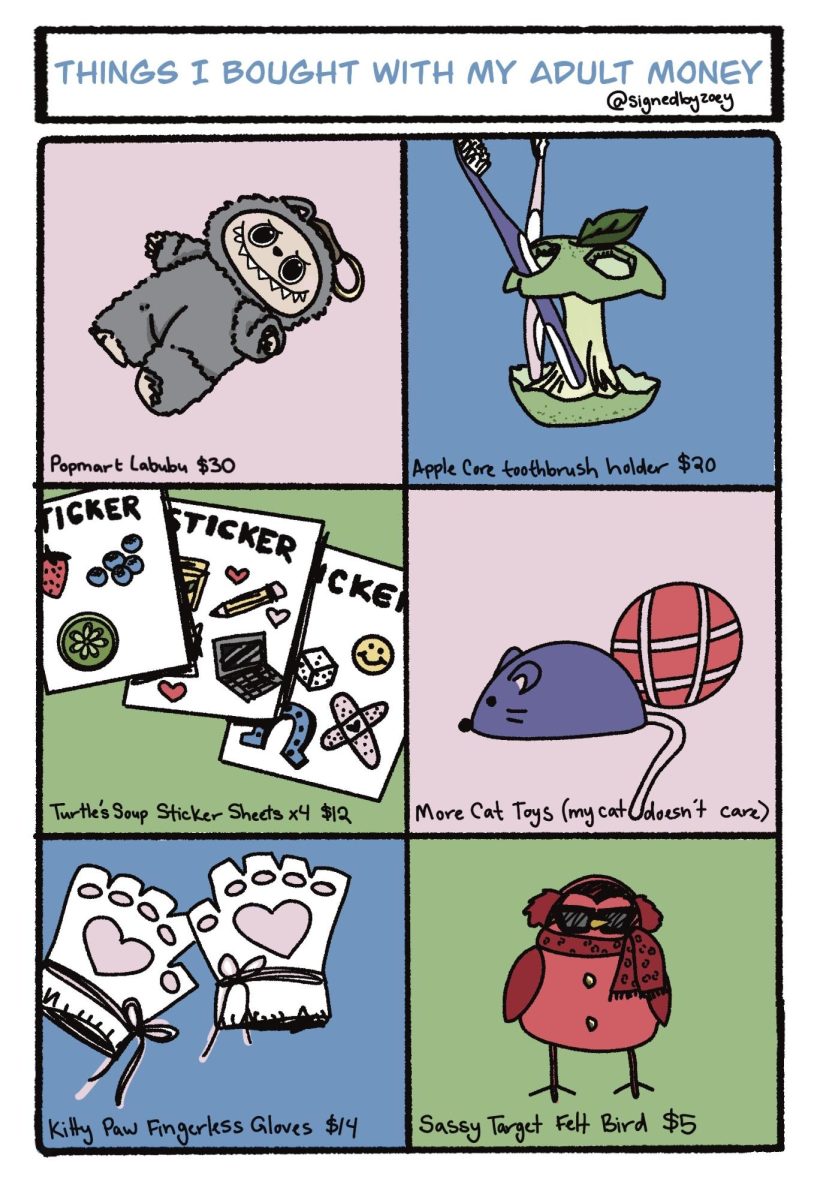Art faculty adapts to remote instruction
Aug 10, 2020
As the community at Grand Valley State University awaits the beginning of the fall semester on Aug. 31, many students are wondering how previously face-to-face methods of instruction will transfer to hybrid classes — and many faculty members are preparing for the possibility that a spike in COVID-19 cases could force their partially in-person lesson plans to go fully online.
For the subjects of certain classrooms, like art, lab science or physical education, digital instruction may not even seem like a sufficient stand-in for the more ideal experiences of previous years. How is an art student supposed to learn metalsmithing techniques like fabrication or embellishment without studio time in the workshops of Calder Fine Arts Center? How do geology students learn how to identify rock specimens without physical access to samples or microscopes?
These are problems that many GVSU faculty had to solve on the fly when on-campus classes were abruptly cancelled March 12. One such faculty member, professor Hoon Lee, was faced with the challenge of teaching a ceramics class when his at-home students no longer had access to a kiln. His solution? An artistic medium more traditionally exercised in the home than in the studio.
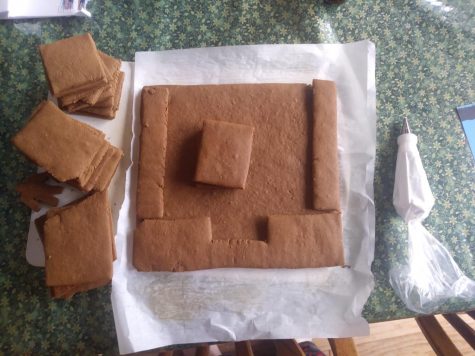
“The gingerbread cookie project was an assignment for my remote ART 275 Introduction to Ceramics class,” Lee said. “Students researched multiple traditional and contemporary ceramics, then developed ideas and concepts from their own research to create a project using gingerbread cookie materials and processes instead of ceramics. The goal is to get the students to think differently about the relationship between material and process – between food and ceramics.”
Even before the winter semester shifted online, Lee had discussed the connection between the two disciplines with his ceramics students.
“There are plenty of similarities between the ceramic and culinary arts,” Lee said. “There are commonalities in the process of making and the tools used. Kneading dough and wedging clay; baking and firing; icing and glazing.
“When you make a dish, you should always think of the food that will be in the dish and the dish that contains the food. The dish must not overshadow the food it contains. The food dictates all aspects of the dish. There is an old proverb that states ‘be unpretentious but not unattractive.’ This proverb applies well to dishes. Another states ‘be luxurious but not flashy.’ This proverb applies well to food. When dishes and foods are in synergetic relationships, the best aesthetic completion is achieved. For the gingerbread cookie project, the food and the dish are one.”

Even before the current pandemic, Lee and his contemporaries had given serious thought to how a subject like ceramics could be taught remotely. Many examples, readings, and demonstration videos can be made available to students online. The main problem they discussed has always been the clay itself — but not for the reason one might think.
“Clay is an easy enough material to access,” Lee said. “However, the biggest challenge is the material. Without proper ventilation, clay dust— silica— can be quite harmful, leading to the lung disease silicosis. Therefore, for safety reasons we don’t recommend our students working with clay in unventilated settings, such as at home.”
That’s how Lee decided on flour, milk and eggs as a superior medium for remote instruction.
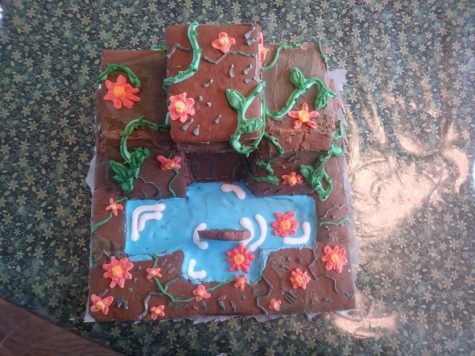
“In terms of materiality, sensibilities that you only can achieve from actually touching clay and getting your hands dirty, I wanted to retain the tangible aspect of the assigned projects to the greatest extent possible, as well as simulate the glazing and firing processes,” Lee said. “That is why I came up with the gingerbread cookie project. Hopefully the students enjoyed making unpretentious and also luxurious projects.”
All three of Lee’s upcoming sections of Introduction to Ceramics are scheduled as hybrid, allowing him and his students access to the ventilated studios of Calder Art Center (and as a result, actual clay). But as the clock ticks down towards the 2020 fall semester — and the possibility that classes will once again transition fully online — it helps to keep in mind that the disruption and inconvenience of transitioning instruction can come hand-in-hand with truly creative problem solving.






